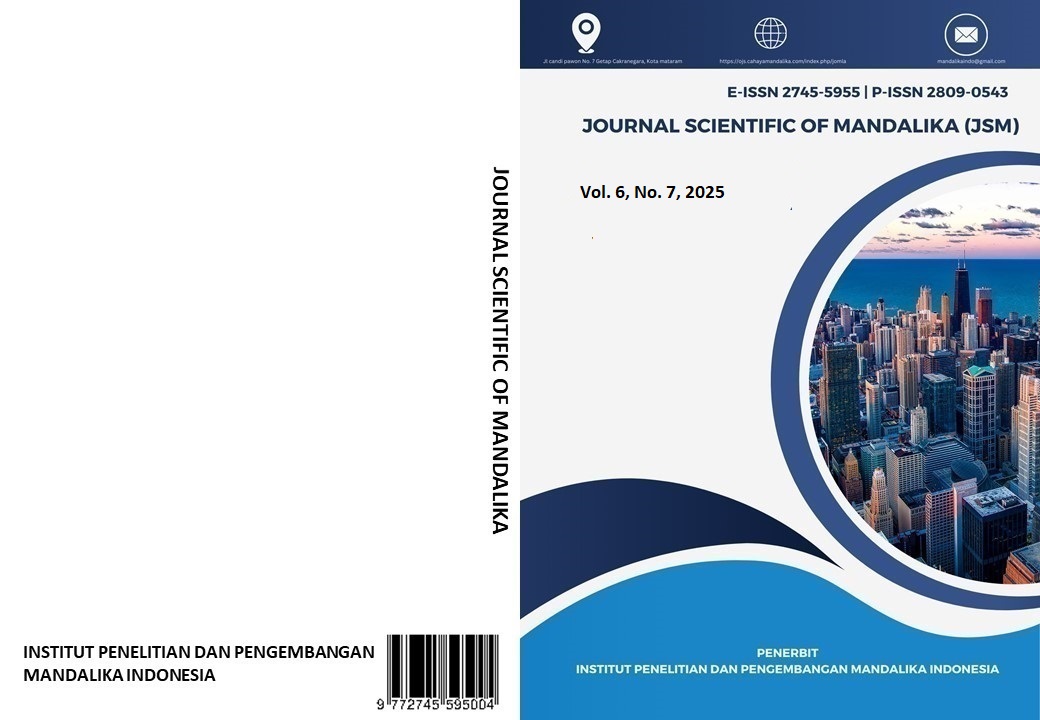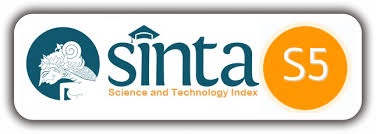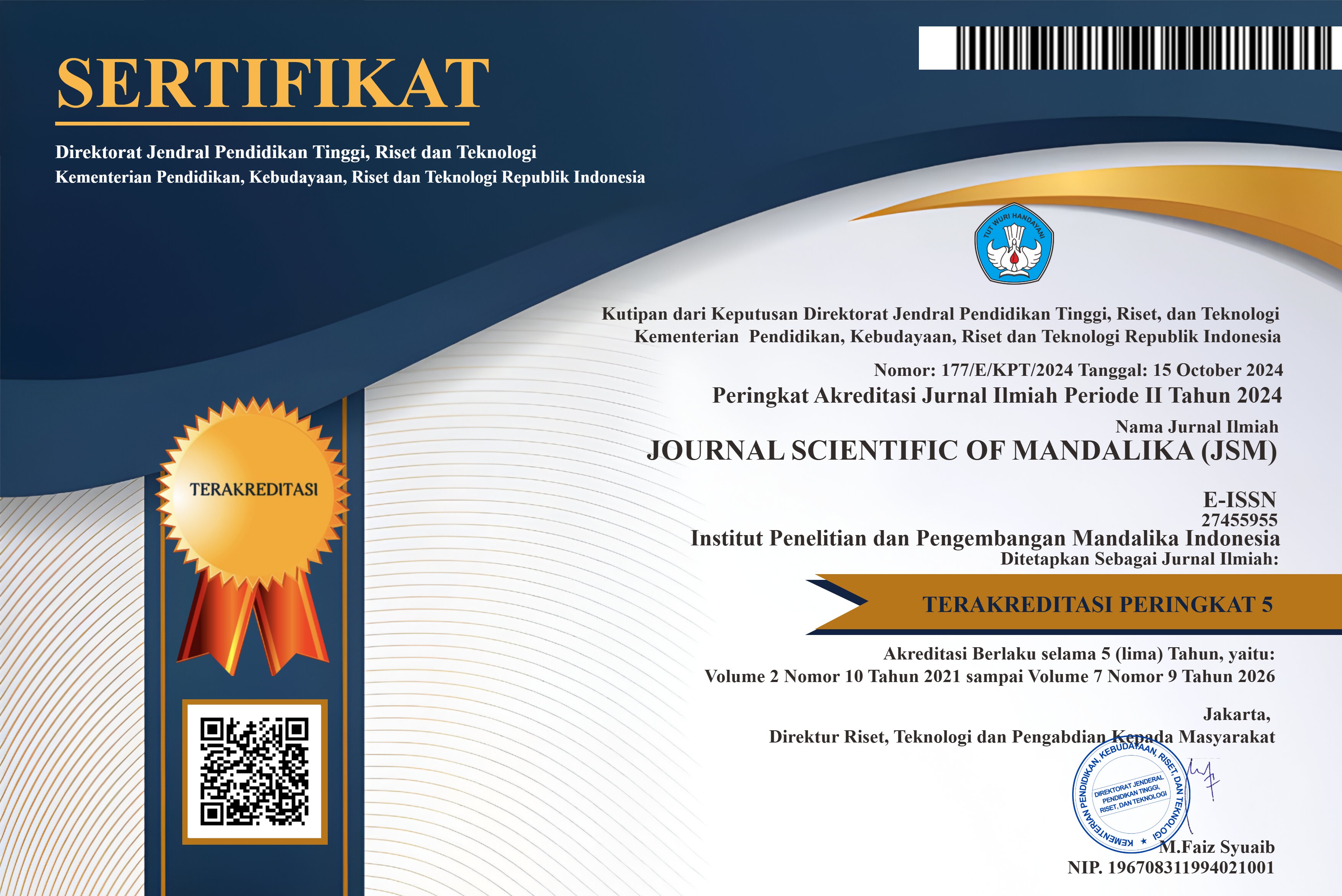Strategi Komunikasi Lembaga Perlindungan Anak Kota Bima dalam Mensosialisasikan Program Pencegahan Kekerasan Seksual pada Anak (Studi Kasus Media Facebook)
Abstract
This research is based on the increasing cases of sexual violence against children in Bima City from 2022 to 2023. This researcher aims to find out the communication strategies of the Child Protection Institution in socializing the sexual violence prevention program in children. In this researcher, a type of qualitative descriptive research is used, where the researcher wants to describe in depth the phenomenon that will be studied later. Meanwhile, the author uses observation, interview and documentation techniques. This researcher also uses data analysis, data reduction, data presentation and conclusion drawn. Based on the results of the research, it can be known the stages of communication strategies carried out by the Bima City Child Protection Institute, to conduct field surveys and determine the location of socialization for the prevention of sexual violence in children, targeting credible communities and junior high school/high school students. Socialization was carried out in each sub-district with good student participation. The message of the Child Protection Agency is informative (laws and types of violence), persuasive (evocative emotions, promises, encouragement), and educational (how to report violence), aiming to make the public dare to report and protect children. The selection of the right media supports the communication effectiveness of the Child Protection Agency, facilitates clear messages and constructive feedback, strengthens the child protection program.
Copyright (c) 2025 Wali Urrahman

This work is licensed under a Creative Commons Attribution-ShareAlike 4.0 International License.













